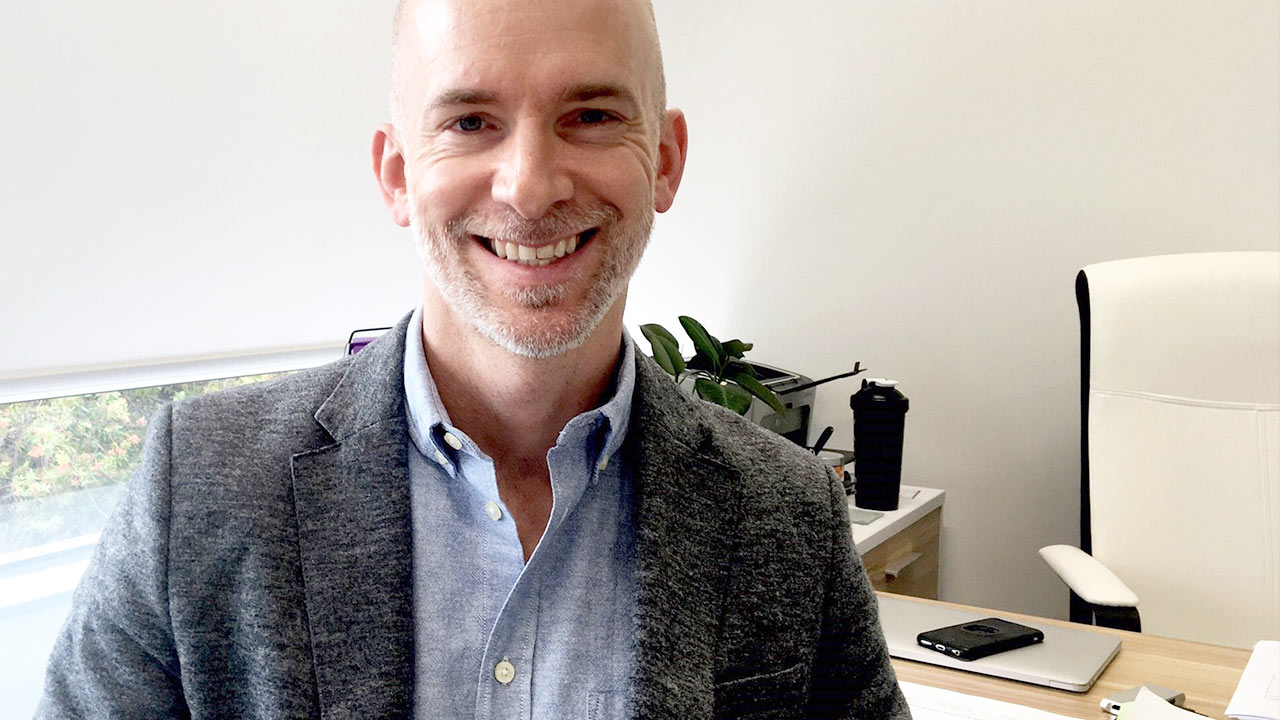Applications are open for the Designing for Deep Learning Network - a valuable pedagogical framework to support teachers in successfully developing the deep learning competencies.
When Emanuel School in Sydney’s East embarked on a journey more than a decade ago to explore what it truly valued in teaching and learning, it examined how the school was supporting its students as thinkers, and how it was engaging them in real-life opportunities that connected to subject areas.
The school’s Deputy Principal (Teaching & Learning) K-12, Adam Majsay, who has been leading the project since its inception, says while explicit content delivery remained crucial, the school had been compelled to articulate the learning dispositions it wished to see fostered in its students. These were based on the recognition that new skills were required if students were to meet the burgeoning demands of fast evolving technologies.
“When we were looking at the sorts of dispositions we want to develop in students we’re seeing things like them being active risk takers in their learning; we want them to think critically, we want them to be creative, we want them to be resilient,” Mr Majsay says.
The school had already been using the term ‘deep learning’ since the arrival of Principal, Andrew Watt in 2018. However, finding a solid evidence-based pedagogy that aligned with the school’s direction in teaching and learning proved challenging.
“One of the things we’ve been focusing on is the need to build a way of identifying the key learner dispositions we would like to see developed in our students across the whole school. Those dispositions form part of a cohesive teaching and learning framework that captures in a common language what goes on in our professional practice and what philosophically sits behind it,” Mr Majsay says.

Adam Majsay, Deputy Principal (Teaching & Learning), Emanuel School
Designing for Deep Learning
In October 2018, a team from the school attended a Designing for Deep Learning event run by AISNSW after attending an event with global education expert Michael Fullan. It was here Mr Majsay was presented with a framework that clearly resonated with everything the school was seeking.
“It was about having a very clear set of tools that would enable us to give specific language and specific processes to identify where our students were at in the development of those skills such as creativity, critical thinking,” he says.
“It was the Deep Learning Progressions and the rubrics for lesson and learning design that ticked those boxes for us and we could see how that was going to help us build a professional learning framework at the school that would support these dispositions”.
AISNSW Education Consultant Billie Trkulja says the AISNSW Designing for Deep Learning network is a valuable opportunity for schools to grow a learning environment that fosters the development of competencies in students, “So they may be successful learners, better prepared for life”.
“Deep Learning is an evidence-based approach whereby teachers and leaders maintain assessment and evaluation measures for learning practices, conditions and outcomes,” Ms Trkulja says.
The framework provides teachers with a suite of progressions, resources and tools to measure and track students’ progress in developing skills in creativity, critical thinking, communication, collaboration, character and citizenship. A rubric assists schools to assess students’ progress and along with the collective network, consultants work face to face with schools to support the integration of the work into each school's strategic plan.
For example, in assessing whether students are developing resilience in their learning, Emanuel School has begun to explore the learning progression for character, of which one of the aspects is resilience.
“We’ve unpacked resilience in terms of the learning progression and it’s been really useful for teachers. The tool has helped us to have structure and consistency in these professional conversations across the school and that’s a really valuable thing.”
“What was exciting about deep learning was that it wasn’t a new program, it wasn’t a new thing to implement, it was a framework that provided clarity and tools around what we were already exploring in our practice,” Mr Majsay says.
AISNSW Designing for Deep Learning is open to applications from schools to join the network for 2020. Expressions of interest can be submitted via the Designing for Deep Learning webpage and a member of the Deep Learning Team will be in contact once the expression of interest has been received.
